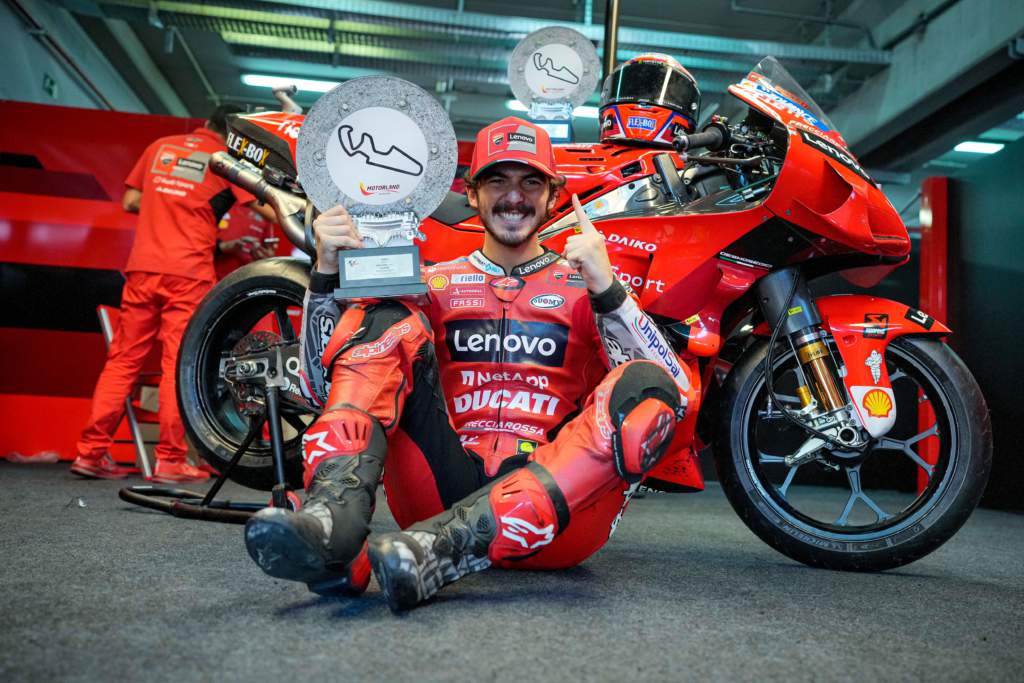Francesco Bagnaia’s Aragon GP win means all four rookies from MotoGP’s 2019 crop have now stood on the top step. It’s taken just two and a half years, too – a pretty remarkable span of time, albeit pretty obviously enabled by the MotoGP landscape-altering injury Marc Marquez suffered early last year.
Bagnaia’s win had been coming. Before Aragon he’d had nearly 60 laps led in his MotoGP career, and his increasingly-assured place at a top factory team meant opportunities would keep presenting themselves.
But though he’d joined the premier class as a highly-rated Moto2 champion, clearly held in very high regard by Ducati, his path post-graduation was in no way straightforward or particularly similar to that of his peers.

“I think that every rider needs their time,” Bagnaia said after the Aragon win.
“I struggled a lot the first year, apart from Phillip Island that I finished fourth – but fourth with 12-15 seconds from the first one.
“And, the second year started well but I was not so fast sometimes. And this year I was fast but sometimes I was without possibility to win, because in Portimao, with the yellow flag in qualifying [that turned pole into 11th place], I missed the opportunity to fight maybe for victory, in Mugello I crashed, my mistake.
“So every time I was missing something, and this weekend we worked perfectly, I think.”
Last year’s late crash from the lead at Misano, the Portimao yellow flag situation, the Mugello crash in a race Bagnaia says shouldn’t have been run following Jason Dupasquier’s passing, the Austrian GP deluge that altered the race – those were all setbacks seemingly just delaying that inevitable first win.
But that first year? That didn’t look like a mere setback, but a genuine career threat.
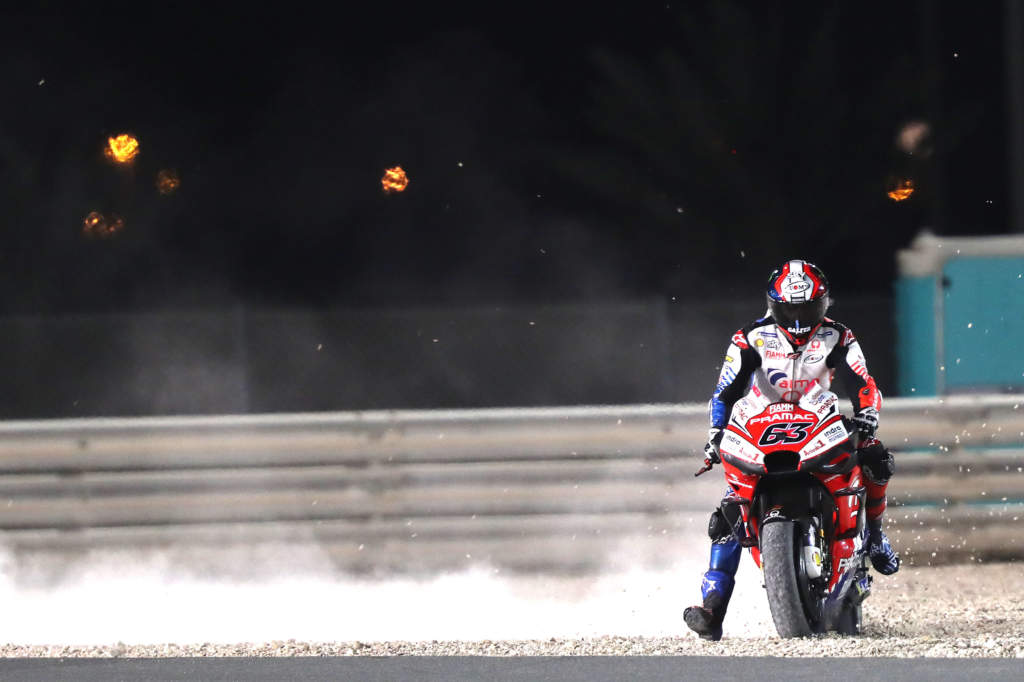
Bagnaia had a Ducati deal signed even before he’d taken the Moto2 title, and that deal guaranteed him two years at Pramac – the first one on a year-old bike and the second on factory-spec machinery.
It showed Ducati clearly had a lot of faith, but the contract looked dubious in 2019. Though he’d nearly set a MotoGP track record in pre-season testing at Sepang, the actual campaign itself was lacking in highlights. Beyond the aforementioned Phillip Island race, there was a credible Mugello showing that ended in a crash and seventh place at the Red Bull Ring. In none of the other races did the Italian even complete a lap in the top eight.
The season ended in fitting fashion when Bagnaia was thrown over his handlebars when exiting the pitlane in practice at the Valencia season finale, suffering a concussion and a fractured wrist.

The last chance to make an impression that year was gone, and having a deal to move up to works-spec machinery the year after looked deeply fortunate – especially given that it forced Ducati and Pramac into making the satellite team’s line-up fully works-spec, just because it was unfathomable, and not even a little bit justifiable through results, that Jack Miller could be demoted to a year-old bike.
As early 2020 rolled around, with no racing taking place during COVID, Ducati had an ambitious Johann Zarco under its wing and had won the highly-contested battle to secure Jorge Martin’s services for MotoGP. Even with Danilo Petrucci dropped to make way for Miller in the works squad, that – presuming Andrea Dovizioso was retained – would’ve made it five riders for four factory-spec entries, and on pure performance Bagnaia, at least as of early 2020, would’ve been the odd man out.
It didn’t happen – Dovizioso walked, Bagnaia peaked early in 2020, and the rest was history – but you can totally imagine a situation where Ducati cuts its losses on the former Moto2 champion, what with Martin incoming.
It probably wouldn’t have spelled the end of Bagnaia’s MotoGP career, given his affiliation with Valentino Rossi and his VR46 scheme, but there’s never a shortage of Moto2 riders vying to become the next big thing, and his momentum could’ve been snuffed out. In fact, you would’ve been forgiven for suspecting he was, in football parlance, a flop.
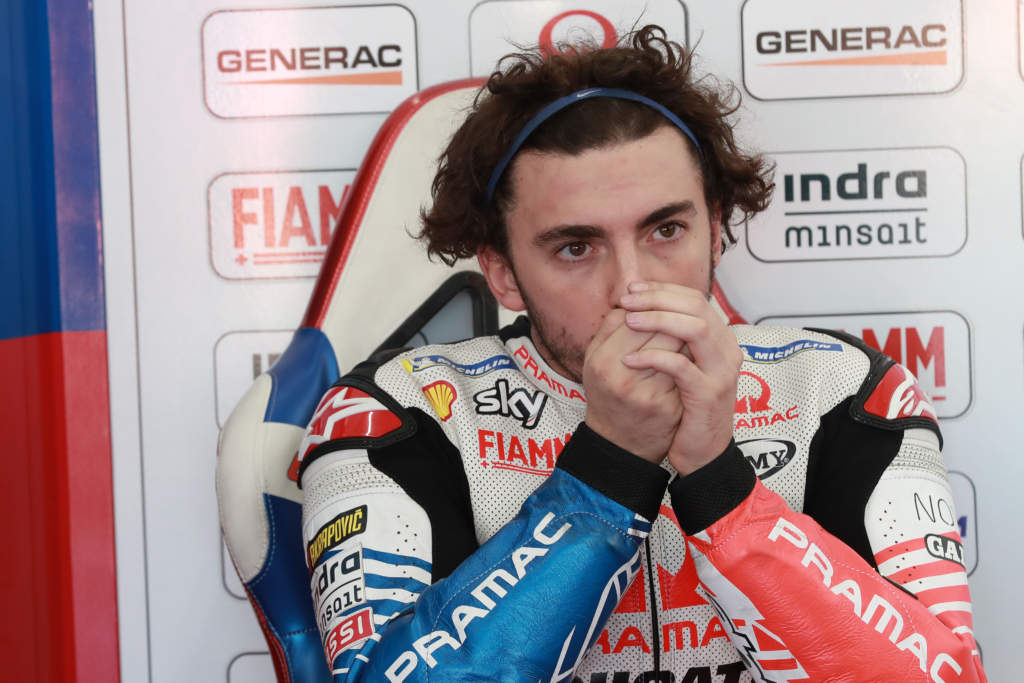
This was never really the case for his fellow 2019 rookies. Fabio Quartararo, in particular, offers up a striking contrast – while his MotoGP promotion was questioned due to a less-than-stellar Moto3 and Moto2 record, once he started lapping on the M1 it became clear very, very fast that Yamaha had struck gold. And at Suzuki, Joan Mir – though being held back by injury – was showing enough to justify the Hamamatsu marque’s faith.
Bagnaia, though, was – is – older than both, and had been part of the grand prix paddock longer than either. And he did once spend a Moto3 season without picking up any points at all. So maybe he just wasn’t that talented? Maybe MotoGP was just a step too far?
“In Moto3 I struggled to be competitive [initially],” Bagnaia recalled. “Then I found a good situation, in the team Aspar, and I started again to be competitive. Then I moved to Moto2 and from the start I was competitive, I did rookie of the year with four podiums, was not so bad a situation, and the second year I won the championship.

“Then arriving in MotoGP, I struggled a lot the first two years. And now that I moved to the factory team, I feel incredible with everything – with the team, the bike.
“So, I think that sometimes it’s more important the situation you are in, the people you are working with. Because you have to be in the centre of the project, and in this situation you can’t be more happy and more serene. And I think this is my situation.”
The Aragon GP win was the culmination, but even before that 2021 had proven Bagnaia was absolutely the real deal. He’s still not the most consistent rider, but in terms of average competitiveness he’s light years ahead of the ’19 version. He’s got a serious turn of one-lap pace, he’s got obvious tyre management ability, and the Marc Marquez duel has proven he’s got the in-race smarts to outfox an all-time great.
And just like Quartararo’s long-shot MotoGP promotion opens up a genuinely impossible to imagine alternate reality where he didn’t get picked up by Yamaha and wasn’t unleashed as the juggernaut he is, so too does Bagnaia’s rise pose questions – what if Ducati had given up? What if the 24-year-old who has cemented himself as an ultra-professional, super affable, very quick MotoGP star never found the right situation? It is credit to Bagnaia’s emergence that this is also increasingly hard to imagine.
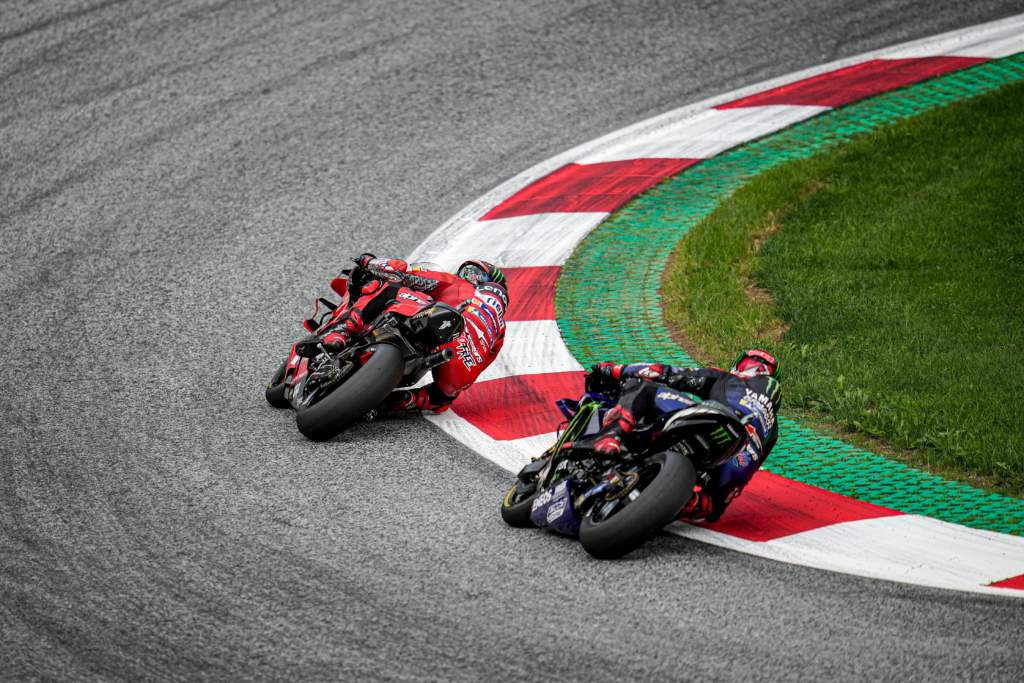
But the lesson here is different to Quartararo’s case. With the current MotoGP championship leader, Yamaha had basically stumbled into a ‘franchise saviour’, and it must make you wonder just how many other potential MotoGP perfect fits there are on the Moto2 grid. If you were a MotoGP manufacturer, wouldn’t you want to try as many of them as possible, just in case you find the Quartararo for your RC16 or RS-GP or RC213V?
Ducati, for its part, is clearly looking. It’s going to have eight bikes on the 2021 grid, and more than half will be taken up by riders you can classify as future prospects.
But it didn’t waver in its commitment to a rider it believed in even when he didn’t immediately come good in MotoGP. Instead, it had the faith in what he could do given the right situation, and it’s been proven correct.
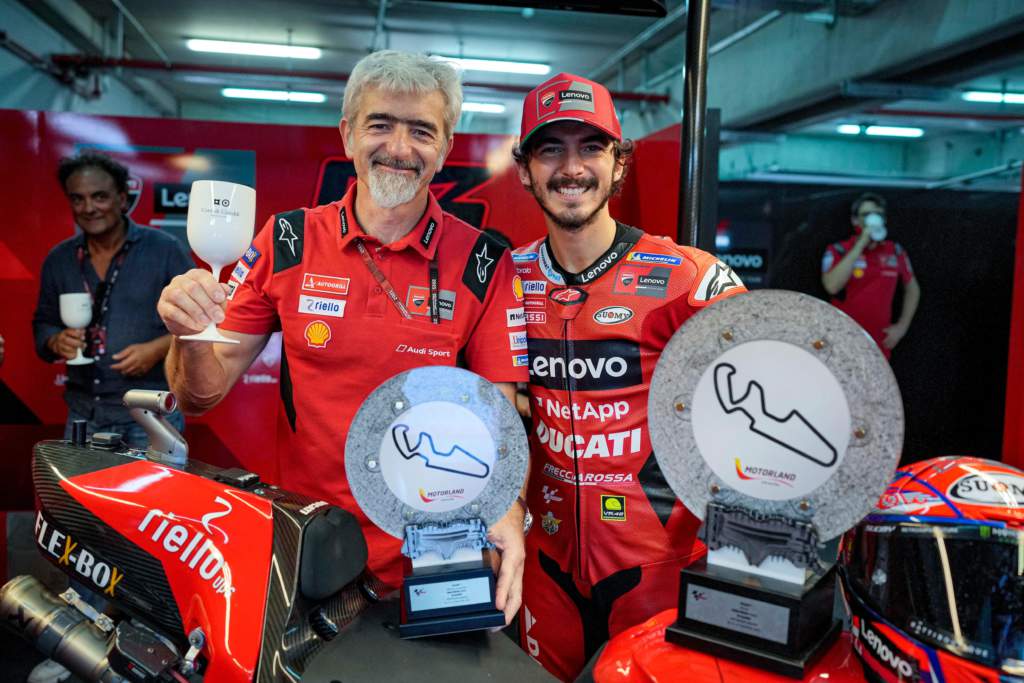
There’s a balance there, and it feels very simplistically obvious when you write it down – keep scouting for Quartararo-like talent (and bike fit), but trust that development and situational changes can have a big impact. And it’s clearly not an easy balance to maintain, especially for manufacturers who do not have the luxury of six/eight bikes on the grid.
Because of this, there’s probably no right or wrong philosophy here. It’s all situational. But what is curious is that, faced with so many variables and needing to have as much data as possible, MotoGP manufacturers instead reliably commit themselves to multi-year contracts increasingly in advance.
They can’t afford not to. It’s the market norm. But it means there will be costly mistakes.
Once, Bagnaia’s two-year deal with a built-in second year bike upgrade very much looked like one. Aragon, though, has guaranteed this is not how the history books will see it.


